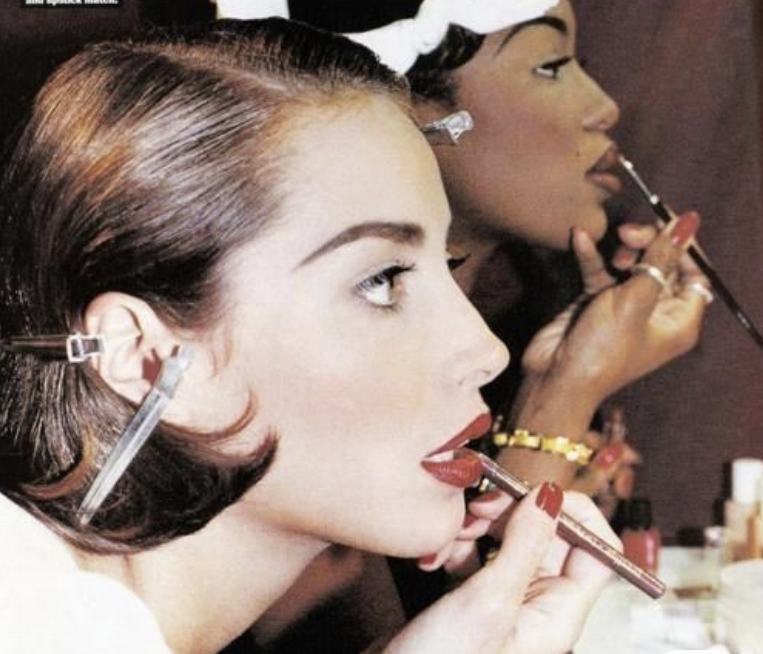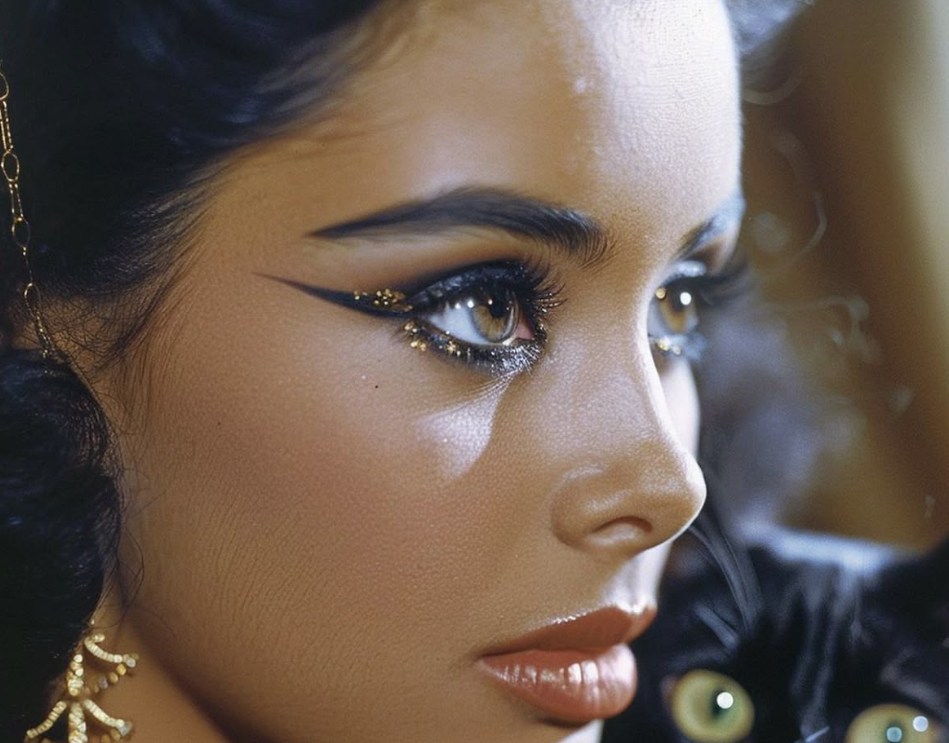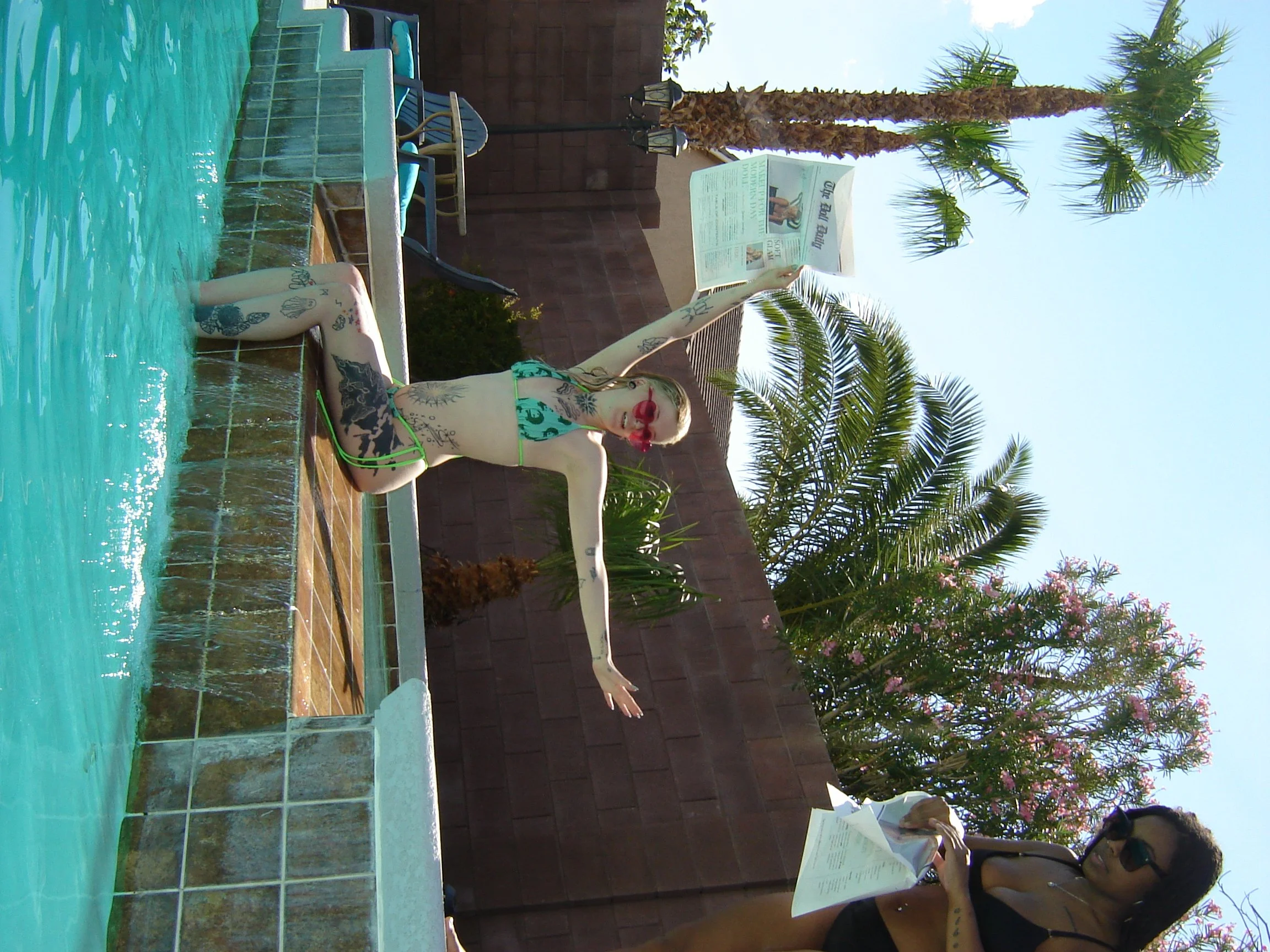
From the rebellious flapper to the limitless artist of today. The modern doll is a tapestry woven from all these threads.








The 1920s look was about breaking the rules of what was considered "pretty." Today, when you choose to do something bold and different with your makeup—a dark lip on a Tuesday, or a graphic eyeliner you saw in a magazine—is it a form of rebellion? What rule are you breaking just for you?We’re in the 50s. Do you find comfort in a classic look? When you choose a flawless foundation and a defined winged liner, are you channeling an inner sense of polish and grace? Do you believe, like the women of this era, that true beauty is in the details and the impeccable finish?
The 1960s was about pushing the boundaries of what was possible with makeup. Are you drawn to the playful side of beauty? When you experiment with graphic liners, bright eyeshadows, or even false lashes, are you trying to express a sense of youthful optimism and pure creative joy?
When you feel your most confident, what does your makeup look like? Do you find yourself reaching for color? The '80s look was a statement of power and joy. Do you believe that a full-face of bold, clashing colors is not a mistake, but a choice—a beautiful, confident choice?
Do you ever feel drawn to the playful, unapologetic side of beauty? When you use a glittery eyeshadow or a shiny lip gloss, are you channeling a sense of pure, carefree fun? When do you decide to let go of perfection and simply embrace a look that makes you feel happy and a little nostalgic? That’s that early 2000’s magic baby.
The '90s taught us the art of the effortless look. Do you ever feel like your most authentic self is a stripped-down version, a subtle hint of color rather than a bold statement? When do you choose a minimalist aesthetic, and what does it communicate about your confidence?
The mid-2010s celebrated a very specific and polished kind of beauty, a look that was largely defined by online trends and tutorials. Do you ever find yourself influenced by a beauty standard you see on social media? What does it feel like to craft a perfectly sculpted feature, and what power do you feel when your makeup is a deliberate work of art?
In an era of infinite choices and no rules, who are you? How do you decide which trends to adopt, which ones to ignore, and which to revive from the past? Your makeup today is a conscious decision to be exactly who you want to be. How do you navigate this freedom, and what story does your look tell about the modern doll you are today?
Beauty standards are often a contentious topic, frequently framed as rigid, suffocating ideals that can harm self-esteem.
And it's true; throughout history, and even today, these standards can be absolutely toxic, promoting narrow, often unattainable, definitions of what is "beautiful." They have contributed to body image issues, cultural erasure, and a pressure to conform that can be deeply damaging.
But to view beauty standards solely through this lens is to miss a deeper, more profound truth: they are also an art form.
For any woman, of any generation, beauty standards exist. They are the unspoken, evolving guidelines for adornment and presentation that define a time and place. And while we may feel pressured by them, we can also choose to embrace them as a necessary framework—a set of tools that allow us to engage with a shared artistic language. They don't have to define who we are, but they absolutely define the art forms we may embrace.
Think of it like an artist and a canvas. A painter may choose to work with oils or acrylics, to use a specific color palette, or to adhere to the techniques of a certain movement.
These are the "standards" of their chosen medium. They don't limit the artist's creativity; they provide a starting point, a shared vocabulary for expression.
In the same way, the world of beauty and makeup offers us a canvas and a palette. A dramatic "smokey eye" is not just a makeup technique; it's a modern nod to the dramatic lighting and rich shadows of the Baroque period. A flawless, dewy complexion is an echo of the classical ideal of perfection, a reverence for the clean lines and balanced forms of Neoclassical art. When we apply a bold, graphic eyeliner, we are channeling the playful rebellion of Pop Art, transforming our faces into a living, breathing piece of cultural commentary.
This is the beautiful paradox of beauty standards: they are both a pressure and a playground. We have the power to step onto this playground and, using the "standards" as our tools, create a self-portrait that is uniquely ours.
And in this act of creation, we find a universal connection. The shared language of beauty transcends age, race, and religion. Whether it's a grandmother sharing her favorite shade of lipstick, a friend teaching you how to perfect a winged liner, or a group of women from different backgrounds discussing the latest beauty trends, there is an inherent bond in the pursuit of adornment. It is a space where we can all come together, celebrating the ritual of self-care and the artistry of self-expression.
So yes, let's acknowledge the toxicity and the pressures that beauty standards can create. But let's also celebrate the art, the history, and the community that they enable.
For within this shared world of color, form, and light, we are all artists, and our faces are our greatest masterpieces.



















